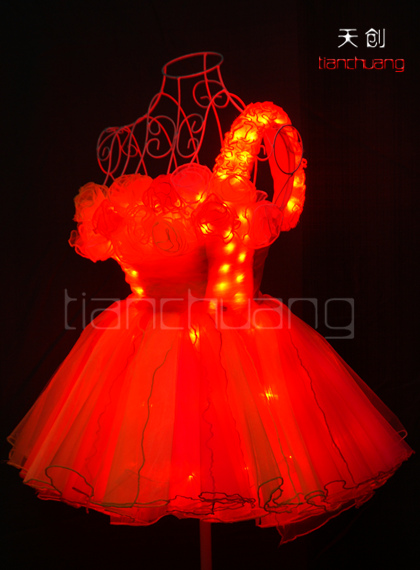Romantic poets often emphastzed the maiden who died for love or the one whose hard-heartedness
caused despair in her lover. Accord: tng t0 one analysis of women's attitudes in the lgth century;
it was thstinctly unstyhsh to appear to be ln good healt Circles under the eyes were cultivated and rice
pl owder was liberally applied to produce a pale IOOK. The middle class wo: man was expected,
furthermore, to be a perfect lady , With industrialization and the growing movement of business
growing movement of business out of the home and into an external workplace, women s roles
were increasingly con: fined to the home. ffluent women were severelyy limited in their their actvlties
The home was the center ot entertainment,, and well-to-do women served as hostesses for their husbands
For thls role they required a substantial wardrobe of fashionable clothes. They suoervised the servants,
who did all of the household tasks. Women sup" dressed in the most stylish gowns of
the l 830's and 40's when sleeves were set low on the shoulder would not have been able to raise their arms above their
heads, and were vlrtuady incapable of performing any phystcal labor Accomphshments such as sewing, embrotdenng,
heads, and were vlrtuady incapable of performing any phystcal labor Accomphshments such as sewing, embrotdenng,
modehng In wax, sketching, paantang on lass or china, or decoratingg other functional objects were encouraged,
but most had seamstresses who would come to the home to make the more complicated garments Women from
working class families, from rural areas, and pioneers, however, did toil at a wide variety of tasks.
Their garments were less hampering, more pratical in form, and made from less expensive fabricss
Even so, heir dresses followed the basic style hnes and sdhouette of thee penod The fashtonable bonnel
of the Romantic Period was ransformedd by farm and pioneer women anto a sunbonnet, a practical covering
to protect the face and head from the hot sun.
